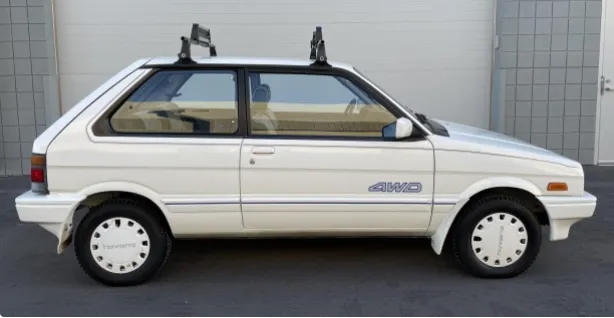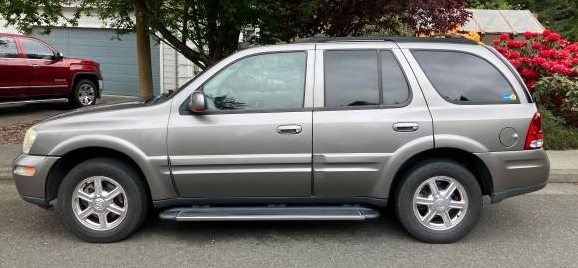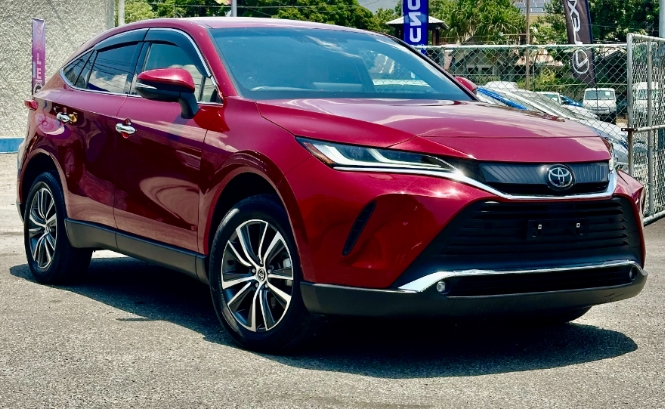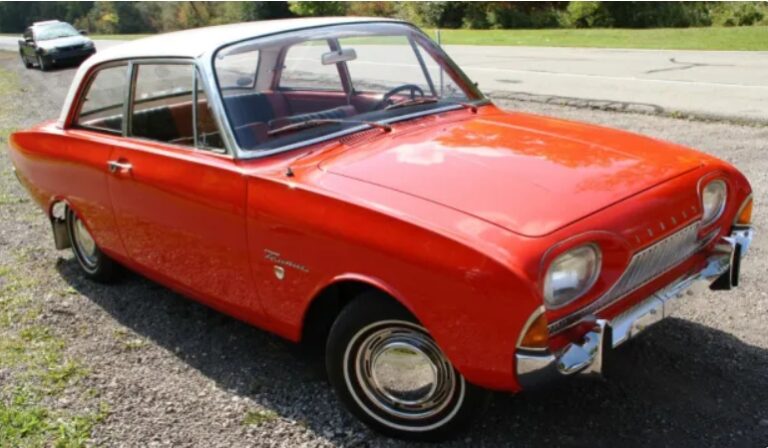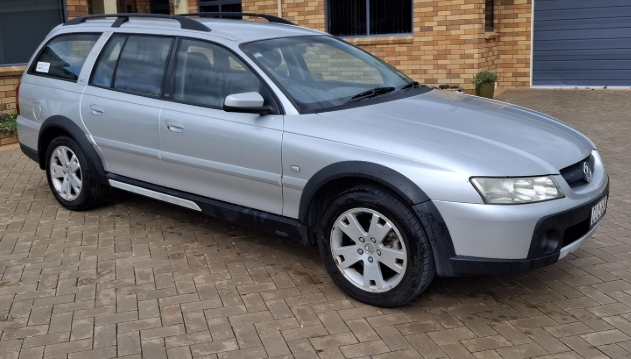The Evolution of the Subaru Justy
The Subaru Justy is a subcompact car that has played a significant role in Subaru’s global lineup since its inception in the early 1980s. Known for its compact size, practicality, and distinctive design, the Justy has undergone several generations of development, reflecting broader trends in automotive design, technology, and market demands. This article traces the evolution of the Subaru Justy, detailing its production timeline, model variations, and trim levels from its debut to its discontinuation.
Origins and First Generation (1984–1994)
Introduction and Background
The Subaru Justy was introduced in 1984 as a response to the growing demand for small, economical vehicles in markets worldwide, particularly in Japan and Europe. Developed as a compact, affordable car, the Justy aimed to offer practicality and reliability in a crowded subcompact segment.
Design and Features
The first-generation Subaru Justy was built on the Subaru EF platform, sharing components with other small Subaru models. It was characterized by a tall, boxy design that maximized interior space within a compact footprint. The car was offered with front-wheel drive (FWD) initially, with four-wheel drive (4WD) versions introduced later.
Powertrain and Engine Options
The initial models were powered by a 1.0-liter or 1.2-liter naturally aspirated engines, producing between 50 and 64 horsepower. Notably, the Justy was one of the first small cars to be offered with a 4WD option, making it suitable for diverse driving conditions.
Models and Trim Levels
The first-generation Justy was available in several trim levels, often varying by market:
- Standard: Basic features, manual transmission, FWD.
- DL: Slightly upgraded with additional interior features.
- GX: Featured optional 4WD, improved interior, and additional comfort features.
- GT: Sportier trims with enhanced engines or styling elements.
In Japan, models were designated with different codes, such as the “VJ” series, and often included unique features suited to local preferences.
Second Generation (1994–2003)
Design Overhaul
The second-generation Subaru Justy was introduced in 1994, featuring a more modern, rounded design aligned with automotive trends of the mid-1990s. This generation adopted a more aerodynamic profile, improving fuel efficiency and aesthetics.
Platform and Size
Built on the Subaru EF3 platform, the second-generation model maintained its subcompact classification but offered increased interior space and improved safety features.
Powertrain Improvements
Engine options expanded, with the introduction of more efficient and environmentally friendly engines. Notably, some markets saw the availability of a 1.2-liter or 1.3-liter engine, and in certain regions, a 1.0-liter turbocharged version was available.
Transmission Options
Manual transmissions remained standard, with 5-speed manuals common. Some markets offered a 3-speed automatic transmission, improving comfort and ease of driving.
Models and Trim Levels
The second-generation Justy was offered in multiple trims, often varying by region:
- L: Base model with minimal features.
- GL: Mid-range trim with additional comfort and convenience features.
- GX: Equipped with 4WD, sportier styling, and upgraded interior.
- RX: Higher-end trim with optional air conditioning, power windows, and improved audio systems.
- GT: Sportier versions with cosmetic enhancements and performance upgrades.
Special Editions
Throughout its production run, Subaru released special editions of the Justy, such as the “Limited” and “Sport” models, which featured unique styling cues and additional features.
Third Generation (2003–2007)
Design and Platform
The third-generation Subaru Justy was launched in 2003, based on the Subaru Subaru Justy 1.0, which continued the trend of compact, economy-focused vehicles. Its design was more rounded and modern, aligning with early 2000s automotive styling.
Engine and Performance
This generation continued with small-displacement engines, notably a 1.0-liter or 1.2-liter engine, emphasizing fuel economy over performance. Some markets saw the introduction of a turbocharged 1.0-liter engine to improve power output.
Features and Technology
The third-generation models incorporated more safety features such as front airbags, anti-lock braking systems (ABS), and improved suspension systems. Interior features were upgraded with better materials, enhanced audio systems, and optional air conditioning.
Trim Levels
Trim levels for this generation included:
- Standard: Basic features, manual transmission.
- L: Added comfort features such as power steering, upgraded interior.
- RX: Included optional 4WD, air conditioning, and power windows.
- R: Top-tier trim with full features and sometimes sportier styling.
Limited editions and special packages were occasionally offered, similar to previous generations.
.
THIS might be a great place to get your new car from!
Or for those who are into the “car flipping” business, here’s an excellent resource for you!

.
Discontinuation and Legacy
The Subaru Justy was gradually phased out in most markets by the late 2000s, as Subaru shifted focus toward other models like the Subaru Impreza and Subaru Forester. The last models produced were primarily aimed at markets where small, efficient cars remained popular, such as in parts of Asia and Eastern Europe.
Reasons for Discontinuation
- Changing market preferences favoring larger or more technologically advanced vehicles.
- Increasing safety and emissions standards making small-car production more complex.
- Competition from other small car manufacturers offering more modern features.
Legacy
Despite its relatively modest stature in Subaru’s lineup, the Justy was significant for introducing Subaru’s all-wheel-drive technology into small cars, a feature that became a hallmark of the brand. Its practicality, affordability, and capability under varied conditions earned it a loyal following, especially in regions with challenging driving conditions.
Summary of Key Model Years and Variants
| Year Range | Generation | Notable Features & Models | Engine Options | Available Trims/Models |
|---|---|---|---|---|
| 1984–1994 | First | Introduction of 4WD, boxy design | 1.0L, 1.2L NA | Base, DL, GX, GT |
| 1994–2003 | Second | Modern styling, improved safety | 1.2L, 1.3L, turbo 1.0L | L, GL, GX, RX, GT |
| 2003–2007 | Third | More rounded, safety features | 1.0L, 1.2L, turbo 1.0L | Standard, L, RX, R |
Conclusion
The Subaru Justy’s evolution reflects broader trends in automotive design, efficiency, and technology over the past few decades. From its origins as a practical, four-wheel-drive compact in the 1980s to its final models in the early 2000s, the Justy demonstrated Subaru’s commitment to versatile, accessible vehicles capable of handling diverse driving conditions. While it no longer graces Subaru’s lineup, its legacy persists as a pioneering model that introduced many consumers and markets to Subaru’s signature all-wheel-drive capability in a small, economical package.
